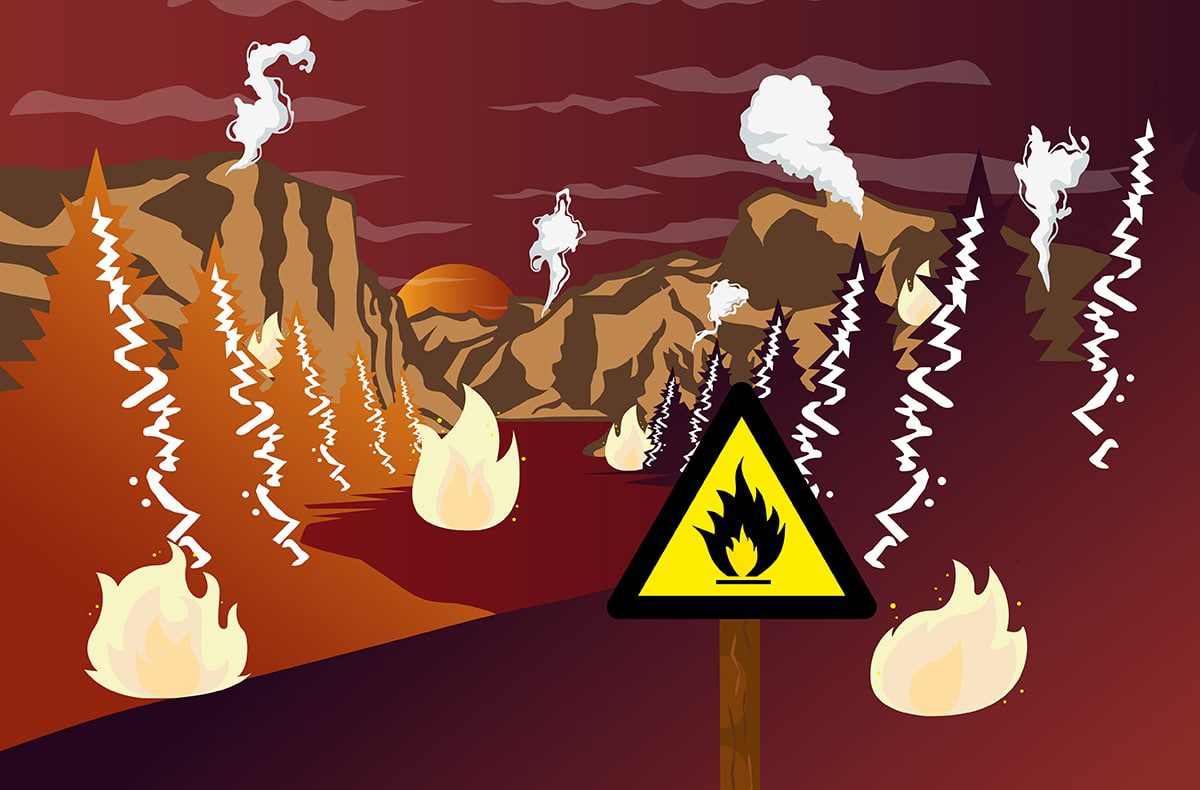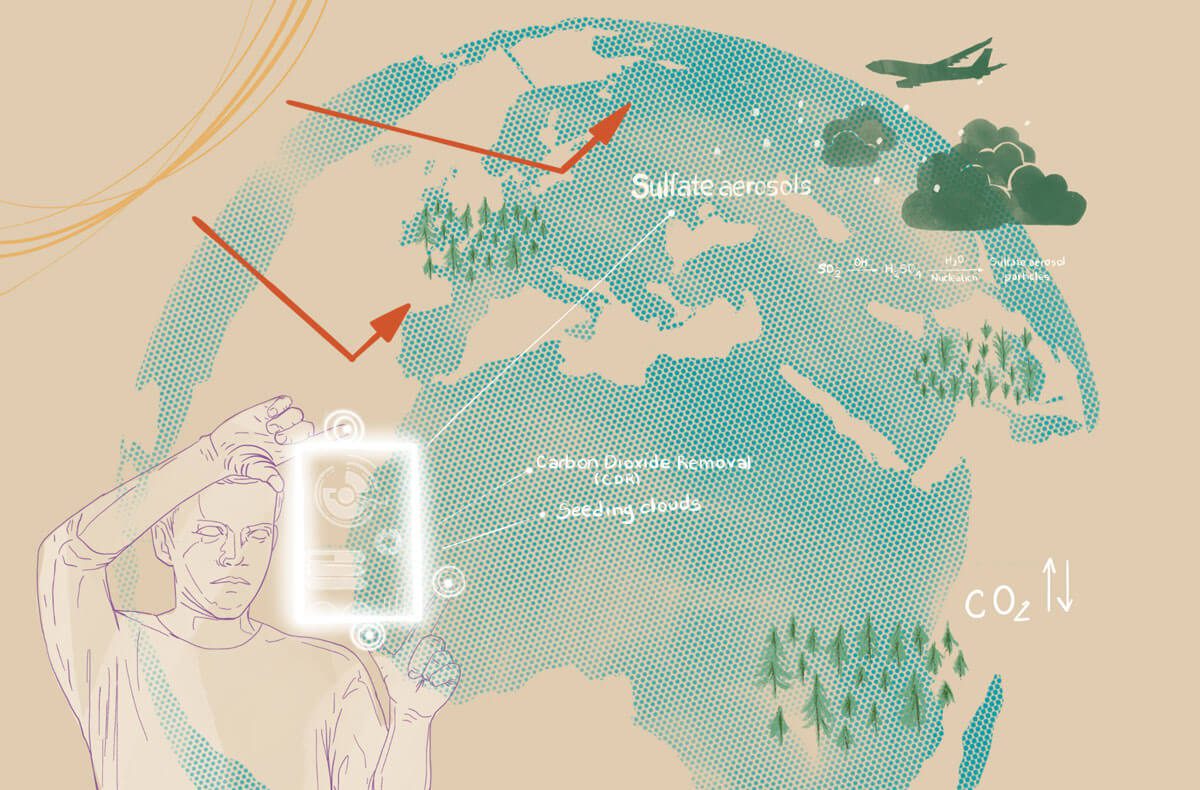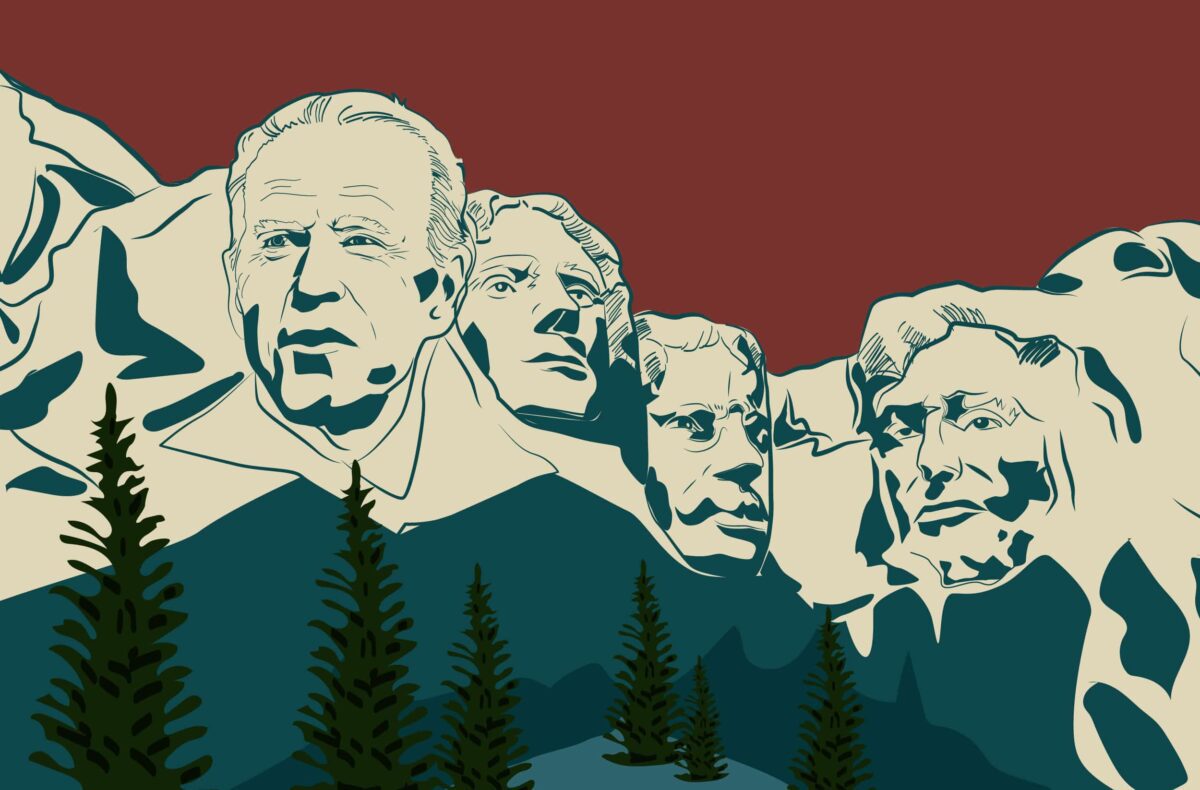
This summer’s madness in European and US airports illustrates that no matter how high the prices, how difficult the travel, or how busy and overheated the destinations—even to the point of melting tarmacs—nothing will prevent us from getting on the road after two years of lockdowns.
But another trend is developing under our noses as we rush to make up for time lost during the pandemic. Our favored destinations are starting to succumb to climate change, and we are making it worse.
Already this summer, America’s famed Yellowstone National Park has been closed to tourists after violent flooding ripped apart buildings and tore bridges from their riverbanks, creating new rivers in their wake. Glaciers are melting faster in Glacier National Park in Montana than anyone expected, and are projected to disappear entirely by the end of the decade.
This month in Yosemite National Park in California, a fast-moving wildfire has been threatening the Mariposa Grove of thousand-year-old Sequoia trees, one of the park’s leading attractions, while smoke from the fires fouled the air up to 170 miles away in San Francisco.
In Europe, a dangerous heatwave that blanketed the south has reached Great Britain, where it broke 40°C or 104°F, the hottest temperature ever recorded in the country, spurring on dangerous wildfires—which are also raging across Greece, Spain, and Italy. The toll is far reaching and deadly to both human and wildlife alike. Over 1700 people have died in Spain and Portugal, while in Switzerland, thousands of fish have died in the Rhine.
Even as we debate whether global warming is real and if so, who should pay for it, the gradual changes over the past thirty years to the environment are starting to speed up. Now, in addition to all the economic, social and inequality risks of global warming, we are starting to see some of our most valuable natural jewels destroyed.
At the same time, our insatiable appetite for energy, profits and yes, self-gratification, is causing us to burn even more fossil fuels, creating a feedback loop that further hurts the environment. An offshoot of that will develop in the next few years, which I call the last-chance vacation—where we will rush to some of these natural wonders to experience them before they are gone.
Excursions to Antarctica have climbed more than tenfold since the early 1990s, and Alaskan cruises continue to boom, as people rush to see the glaciers before they are gone. Or better yet, as they crash into the sea.
As we can see from our post-Covid holiday rush this summer, the fading of these wonders will inevitably lead to more people trying to get to them while they can, which is of course, terrible for the wonders and their surroundings, hastening their demise.
Our ability to destroy everything we love while achieving maximum personal satisfaction from it certainly extends to the ravages of climate change on our national parks, ski mountains, ocean and beach resorts, and precious rain forests. California has lost a fifth of its Sequoias in just the past two years, more than 10,000 ancient trees, while in the Amazon basin in South America, the world’s largest rainforest has lost 17% of its wealth in the last half century.
In the end, as with Stonehenge in England, authorities will have no choice but to limit or close access to these sites to keep them alive, which will only lead to more demand to see them. For while we seem incapable of stopping the damage we’re doing to cause this environmental destruction, we certainly have no plans to miss it.



